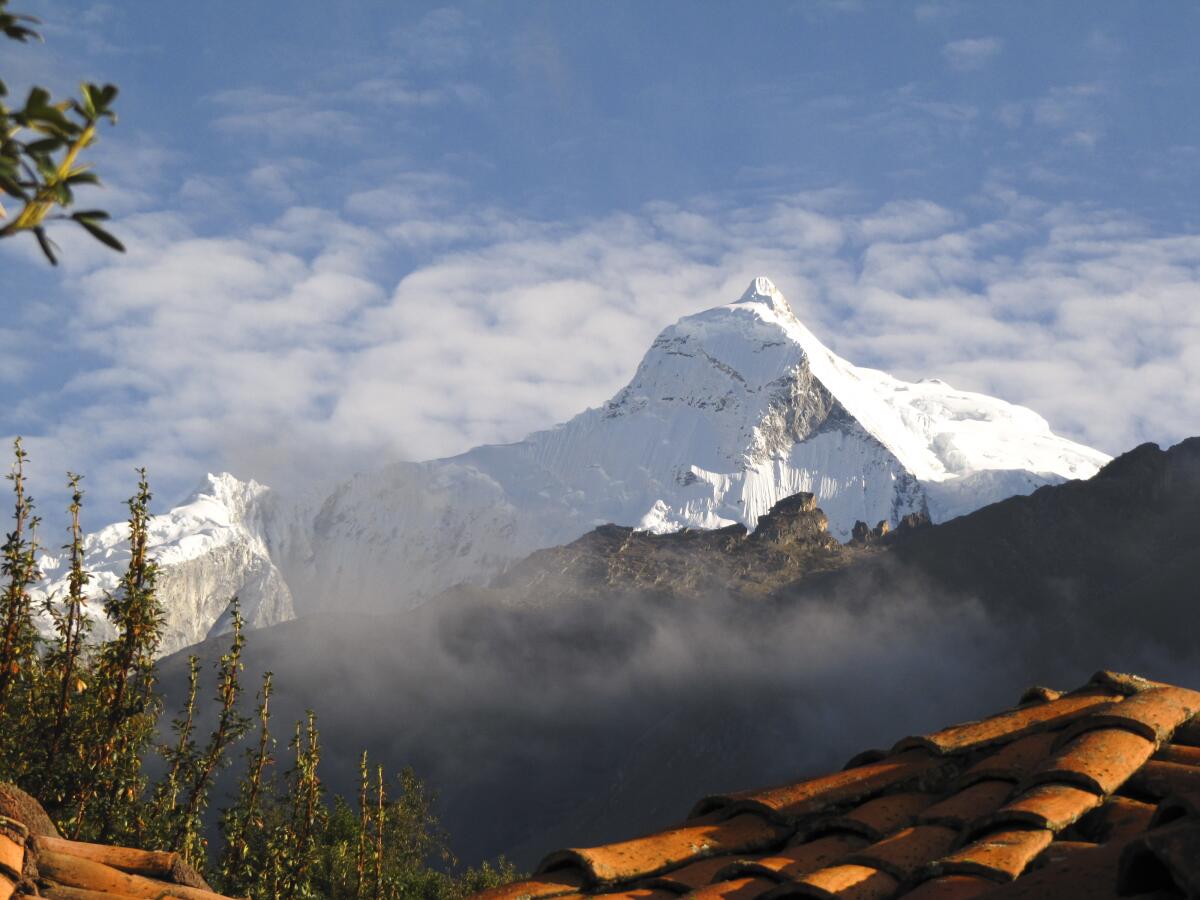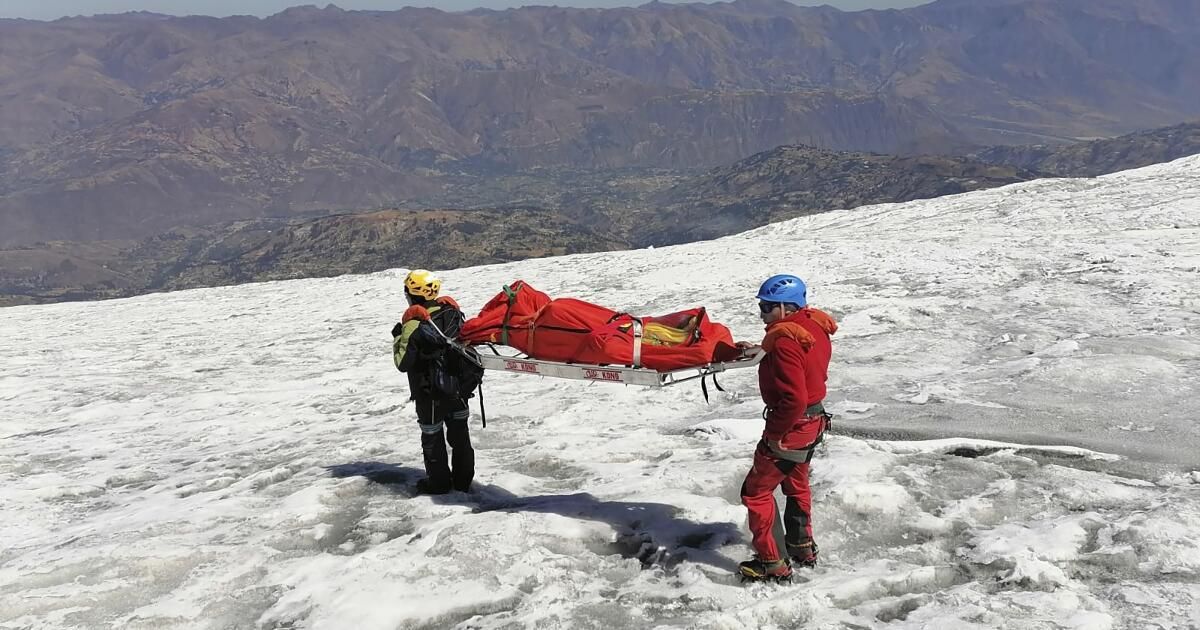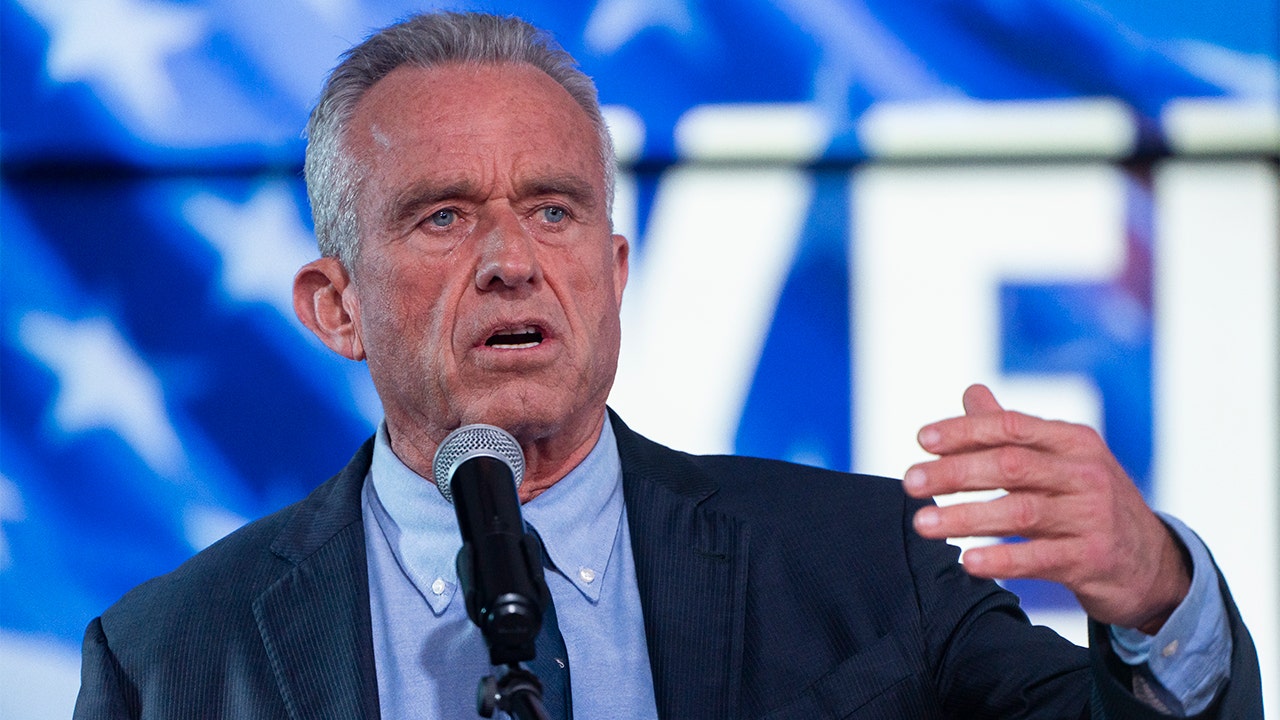In late June, as a group of mountaineers were descending a treacherous glacier high in the Peruvian Andes, they spotted a dark, out-of-place lump resting on the blinding white snow.
As they got closer, they realized it was not a rock, as they had initially assumed.
It was a corpse.
As they got closer, they could see from the old-fashioned clothing and the condition of the man's skin that the dead man had been there for a long time. A miraculously well-preserved California driver's license in his pocket identified him as Bill Stampfl, a climber from Chino who had been buried in an avalanche in 2002.
Undated photograph by Bill Stampfl.
(Courtesy of the Stampfl family)
Avalanches begin as rivers of loose ice and snow that sweep their victims away and carry them down the mountain. When the frozen debris stops, it quickly solidifies and forms something resembling a concrete tomb.
But in recent years, as the planet has warmed and ice has melted at an alarming rate, receding glaciers on the upper reaches of many of the world's most famous and deadly peaks have begun to give up the bodies of long-lost climbers.
It is a blessing and a relief for grieving families longing for closure, but it creates a grim task for public officials whose job it is to respectfully remove the remains.
Last year, following a heatwave that triggered the fastest-ever loss of glacial ice in Switzerland, the boot of a German climber who went missing in 1986 began protruding from a busy glacier near the mountain town of Zermatt, not far from the Matterhorn.
In the Himalayas, where hundreds of adventurers have perished on the slopes of Mount Everest since the 1920s, Nepalese officials have been forced to launch risky and arduous expeditions to recover newly discovered (and rapidly thawing) bodies.
“Due to global warming, the ice sheet and glaciers are melting rapidly and the bodies that remained buried all these years are now being exposed,” Ang Tshering Sherpa, former president of the Nepal Mountaineering Association, told the BBC in 2019.
And now, an equally gruesome scene has unfolded on the slopes of 22,000-foot-high Huascarán, Peru's highest mountain.

View of the snowy Huascarán mountain in the Andes. It is the highest mountain in Peru and the second highest in Latin America.
(Fake Images)
Global warming is “definitely the reason we found Bill,” said Ryan Cooper, a Las Vegas personal trainer who was among the group of climbers who discovered Stampfl's body a few weeks ago.
When Stampfl and two climbing companions went missing in 2002, rescuers went looking for them. They found one body, that of Steve Erskine, but were unable to locate Matthew Richardson or Stampfl.
“If Bill had been on the ice he would have been found, but he was buried back then,” Cooper said in an interview.
A lot has changed in 22 years.
Hauscaran is the highest point and crown jewel of the Cordillera Blanca, a region of stunning natural beauty that is home to a dozen peaks over 20,000 feet and hundreds of alpine glaciers.
These ancient frozen reservoirs supply irrigation water and hydroelectric power to much of Peru. But, as has happened with glaciers around the world as temperatures have risen, those in the Cordillera Blanca have lost significant mass – up to 27% in the past five decades, according to official estimates.
Cooper said he didn’t understand the magnitude and speed of the changes taking place until days before his guided climb began. He and his brother, Wes Warne, were hanging out in the Peruvian mountain town of Huaraz, listening to other climbers and guides compare notes.
They heard that the glaciers were melting so fast that previously manageable crevasses (cracks caused by the natural movement of ice) had become deep, gaping chasms up to 60 feet wide that could swallow an entire team of climbers.
And they heard that many guides had begun directing their clients to more stable summits, because conditions on Huascarán had become very dangerous.
However, Cooper's team decided to attempt the planned route.
The five days they spent on the glaciers were tense, Cooper said, a close-up look at the chaos that warmer-than-expected temperatures can cause.
“You can hear avalanches, you can hear rocks and ice falling everywhere,” Cooper said. “I’ve never been on a mountain with so much activity.”
Ultimately, the guides decided not to push for the summit, Cooper said. Instead, they took the group on an older, less-traveled route that had been the standard route “in the past,” he said, before the changing terrain prompted the climbers to start taking a different approach.
That's where they found Stampfl's body, at about 17,000 feet, resting alone, intact and almost completely exposed.
In other cases, when only part of the body is sticking out of the ice, digging can be a grueling experience. Rescuers use shovels, axes, boiling water – anything that will help to pry it free.
Cooper said that once they discovered Stampfl was American, he and his brother put aside their frustrations at not making it to the summit. They now had a much more ambitious goal: getting Bill home.
Once they had descended far enough to get cellphone reception, a flood of text messages began and Cooper's wife joined the search for Stampfl's family.
Before long, Cooper found himself on the phone with Joseph Stampfl, Bill's son.
“I didn't know exactly what to say, I'm not a grief counselor,” Cooper said in the interview. So he kept it simple, as he would have wanted his own family to receive that news.
“Hi, my name is Ryan,” he said. “I’m in Peru. I found your dad.”
Although Stampfl's body was relatively easy to free from the ice and place on the stretcher, it took a team of 13 people (five members of an elite police unit and eight mountain guides hired by the family) to carry his remains safely up the steep slopes.
The group was surprised by how well the ice had preserved Stampfl's belongings, Cooper said. His clothes, his sunglasses and his camera with a roll of film still inside. Even a couple of $20 bills in his pocket were decomposing but recognizable.
For Sampfl's family in California, the news of his discovery after 22 years came as a shock.
“It really took me a few minutes to process what I was hearing,” his daughter Jennifer Stampfl said in an interview.
She and the rest of the family had no idea what to do next. The sudden need to retrieve the body of a long-lost loved one from a towering mountain in Peru is not a problem most people face every day.
At first, she assumed the U.S. Embassy would be helpful, but they simply provided her with “a list of funeral homes and basically said, ‘Good luck,’” Jennifer said.
So the task of finding and hiring trustworthy mountain guides and sending them to the exact location fell to the family. Jennifer said she felt woefully unprepared (the family didn't even have the precise coordinates to locate Stampfl's body) and spent a few days tormented by the possibility of losing her father for a second time.
The mission was a success, however, and his father's remains arrived in Lima on Friday morning, where they will soon be cremated and flown back to California.
Stampfl, who was 58 when she died, began her love affair with the mountains as many Southern Californians do, by climbing Mount Baldy, her family told The Times in 2002, shortly after her disappearance.
He used the 10,000-foot summit as a training ground for ever higher peaks, including Mount Shasta, Mount Rainier, Kilimanjaro and Denali.
He and his unfortunate companions also trained on Mount Baldy for their 2002 trip to Huascarán.
When Stampfl's ashes arrive home, the family plans to scatter some of them at the top of Baldy, near an existing plaque commemorating him, Erskine and Richardson.
They invited Cooper to join them for the ceremony.
“I’ll be there 100 percent,” Cooper said.












